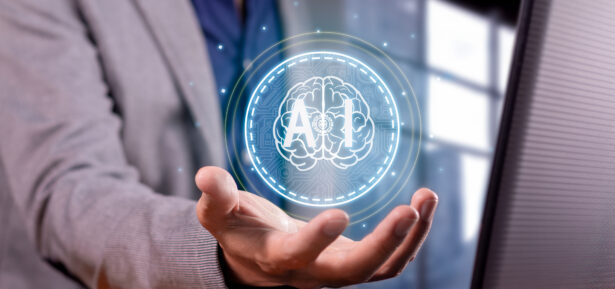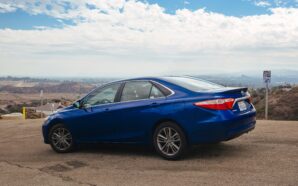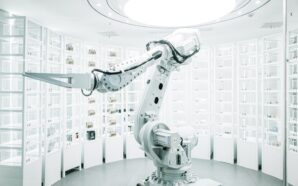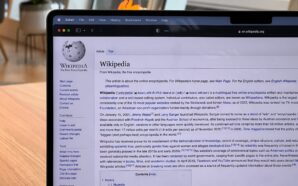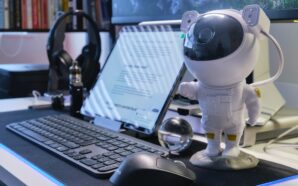Inside The Dome That Helps Create Robots
This last year has seen a lot of advancements in robotics, the main one coming out of Saudi Arabia with Sophia the Robot becoming the first robot to gain citizenship. There has also been a lot of worry that robots will slowly take over our jobs and lives. So, it’s safe to say ‘robot’ is now a house-hold term…The Jetson’s are no longer as out there as we once thought. With the striking advancements in robots comes the urge to make robots more “life-like,” rather than simply machines completing tasks.


No where is this more apparent than Carnegie Mellon University, where scientists and researchers have created the Panoptic Studio. This studio is quite literally a dome where researchers are capturing data on human gestures, which will be used to create more lifelike and responsive robots. Human gestures like a kiss, or a hug, are not necessarily things robots are created to ‘feel’ or ‘sense.’ They know when they are communication with humans, of course, but something like a hug does not compute. The studio is a motion-capture dome, loaded with 500 3-D and 2-D cameras to capture each and every human gesture. The goal is to capture as much data on human body language as possible, from every possible angle, to better equip robots with the ability to be more life-like.
Before this revolutionary studio, in order to capture human movements and gestures, you would have to put markers on people (like they do for movies). The real difference between the Panoptic Studio and previous technologies is the upgrade in detail. Not only can it capture basic human movements and gestures, but with astounding and never-before-obtained detail. The future for robotics is bright, and apparently, very human-like.
Here Are The Best Places To Travel To In March
-
America’s Favorite Car, the Camry, Takes a Green Turn with Hybrid-Only 2025 Model. In a groundbreaking announcement, Toyota, the...
-
Rishi Sunak stresses the need for external control in managing AI risks at the AI Safety Summit. UK Prime...
-
Tech Billionaire Proposes Renaming Wikipedia to ‘Dickipedia’ in Exchange for Record Donation In a recent social media spectacle, tech...
-
A recent investigation by the Wall Street Journal has exposed Instagram’s alleged involvement in facilitating illegal activities, particularly concerning...
-
NASA is seeking public help with the Daily Minor Planet project. The Daily Minor Planet Project is a...
-
The rise of electric vehicles (EVs) has been a hot topic for the last several years, but what is...
-
If you remember the classic story of Alice in Wonderland, you probably remember the part where Alice stumbles upon...
-
While Pokemon Go is a social game first and foremost, it can be a little difficult to communicate and...
-
In its more recent seasons, Fortnite has gotten steadily more ambitious with its use of NPC characters. Long gone...
-
As any Fortnite player can tell you, Fortnite is a game with a heavy emphasis on motion. You gotta...
-
If there’s one classic Disney movie that got kids interested in the wildlife of Africa, it was The Lion...
-
Throughout Coffee Talk’s cast of humans and humanoids, one of the major standouts is Neil, a mysterious alien lifeform...


